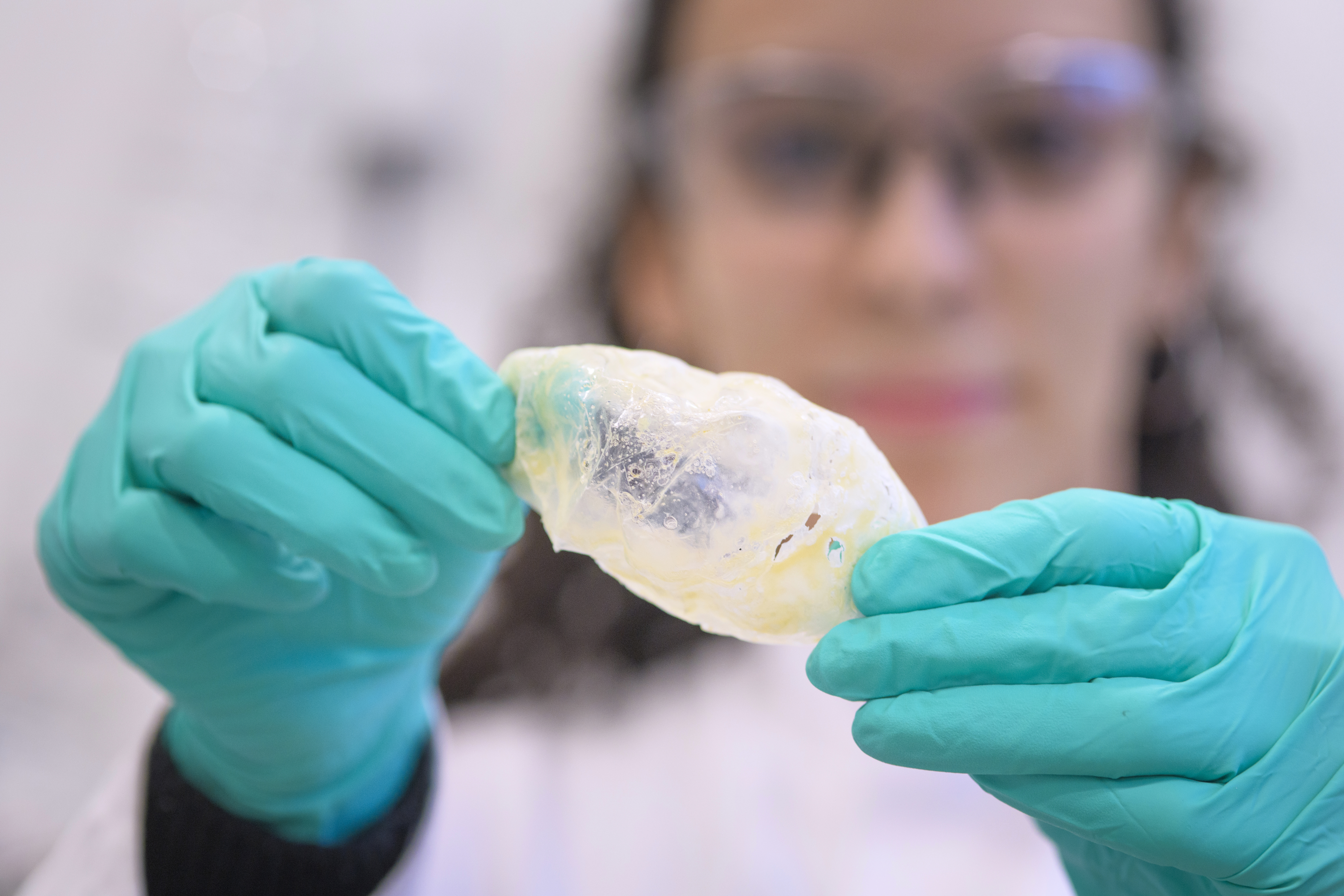Volatile fatty acids (VFAs) are organic compounds that are produced during the anaerobic digestion of organic matter, such as waste and wastewater. These VFAs can be used as a substrate for the production of polyhydroxyalkanoates (PHAs), which are renewable and biodegradable polymers that play a key role in replacing conventional fossil-based plastics.
To produce PHA from VFAs, a three-step process is typically employed. In the first step, the organic matter is converted to VFAs through anaerobic digestion, which can be carried out in a variety of systems such as anaerobic reactors, biogas plants, or composting. During this process, microorganisms break down the organic matter into VFAs in a controlled process to avoid methane production. In the second step, the VFAs are fed to PHA-bacteria selection for a high PHA production capacity. Last, the third step is a fermentation process where the bacteria convert the VFAs into PHA through a process known as polymerization. The resulting PHA can then be harvested and processed into various bioplastics for a wide range of applications.
VFAs are readily available from various waste and wastewater streams, therefore being a competitive low-cost feedstock compared to the fossil-based synthetic feedstock of short-chain acids as acetic and propionic acids for the conversion into PHA. This brings advantages to the whole PHA production process. However, there are also some challenges associated with the use of VFAs for PHA production. The quality and quantity of VFAs produced during anaerobic digestion can vary depending on the source of the organic matter and the conditions of the digestion process. Furthermore, the efficiency of PHA production from VFAs is influenced by a number of factors, including the concentration and composition of the waste streams, the concentration and composition of the VFA’s and the fermentation conditions. Ongoing research is focused on optimizing the process and improving the efficiency and scalability of PHA production from waste stream-derived VFAs.

